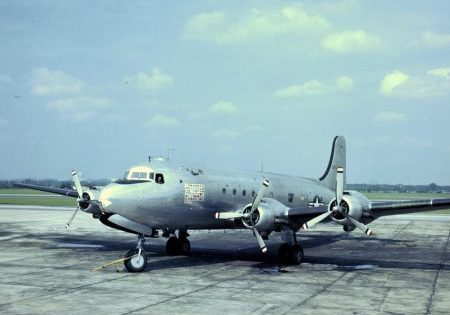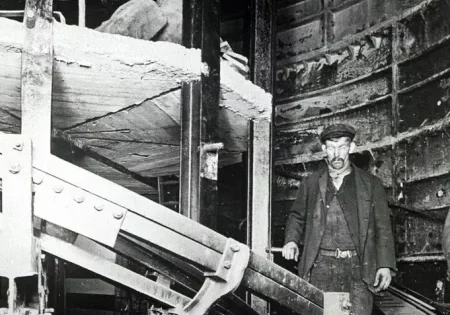In this Readers’ Platform, an Indian lift expert details the advantages of hydraulic lifts.
Hydraulic lifts are most suited for use in homes and small buildings with up to eight floors. However, the technology has failed to capture the attention of users and buyers in India. There may be various reasons, but, technically speaking, it is one of the best solutions for small buildings. Such systems are widely used in Europe.
Before making up our minds, we need to understand the benefits and advantages of this technology. Prior to detailing its merits and advantages, let us debunk some of the prevailing myths about hydraulic lifts.
Consumes more energy: During downward travel, the piston comes down by controlled release of the valve. Therefore, there is no energy consumption in downward travel.
Not environmentally friendly: The hydraulic lift system does not spread oil. It maintains a clean environment. The compressor is placed in an airtight oil tank, and the valve and oil pipe are also connected firmly to prevent oil leakage. Oil leakage is not possible, and such systems are environmentally friendly.
Ineffective in warm regions: Study the installation records, and you will find hydraulic systems are used widely in Arab countries, and in hot regions of the U.S., as well.

Oil spillage problem: All the joints, inlets and outlets are perfectly sealed with oil seals. If maintained properly, oil spillage does not occur.
Needs more maintenance: The motor pump unit is closed in a compact tank. Therefore, it does not need frequent maintenance. The oil can be used for years.
Requires highly skilled technicians: It is a simple technology that can be easily maintained by lift technicians with little training.
Poor travel characteristics: If the valve setting and oil pressure are properly adjusted, ride quality is smooth.
The advantages of using this technology are as follows:
- There is no gear. Only a motor — which is kept immersed in the oil tank — is used, so no machine vibrations are created.
- Because of low noise levels, it is most suitable for small buildings, bungalows, hospitals, restaurants and shops.
- It allows for more flexibility in selecting shaft location since only one load-bearing wall is required.
- It also allows greater flexibility in selecting machine and control locations, as it can be installed anywhere within a 10-m distance of the piston.
- There is no load on side walls, as all the load is on the pit floor, making construction easy, simple and cost-effective.
- As the motor is in an oil tank and is kept beside the lift machine room, brake opening/closing noise is eliminated.
- During downward movement, the lift comes down with a controlled release of oil pressure; there is no motor operation, thus no power consumption during downward movement.
- As the control and powerpack unit are placed at the ground floor, it is easy for service technicians to carry out maintenance.
- As the oil tank and control are at ground floor, the effect of earthquakes on the system is very limited. In traction lifts, because the machines are placed at the top, the impact of earthquakes is, in comparison, more. Even if the counterweights hang (as they do in traction lifts), they may be more affected.
- Since the machine room is on the ground floor, the lift can be used during building fires.
- There is no need for an automatic rescue device, or ARD. In case of power failure, the cabin can be lowered by simply manually releasing the pressure valve.
- As there is no gear and movement occurs through the oil piston, there is no vibration during operations.
- No separate machine room is required, and the oil tank can be kept beside the lift well in a small space. Overhead space at the top landing is also not required, thus reducing the overall height requirement.
- Hydraulic lift systems are easy to install and maintain. They are more reliable than traction systems. That is why hydraulic systems are used in airplanes and spacecraft.
Despite all their advantages, hydraulic lifts are still relatively unpopular in the Indian market.

Rajnikant Lad is an elevator auditor, chartered engineer, elevator consultant and founder of the Elevator Safety Awareness Forum. He has been associated with the elevator industry for more than four decades.
Get more of Elevator World. Sign up for our free e-newsletter.









